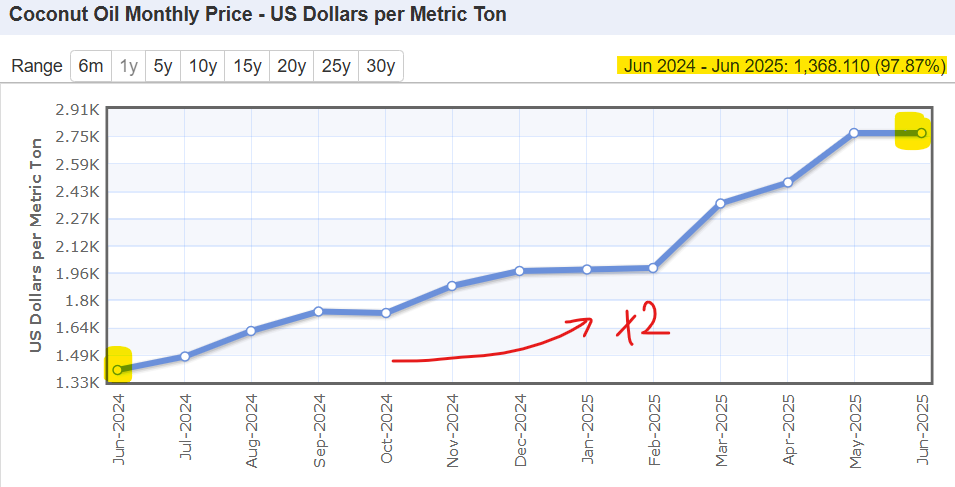Nykaa has delivered 13 Lakh orders via its Quick Commerce unit NykaaNow (per Q1 FY26 earnings call)
This initiative was a pilot in October '24 in Borivali (Mumbai) which they have scaled to 7 cities with 50 dark stores as of date
For context: Nykaa does ~1.45 crore orders per quarter (Q1 FY26 figure) - which means NykaaNow is already ~5% of overall orders given the QC growth rate.
This initiative was a pilot in October '24 in Borivali (Mumbai) which they have scaled to 7 cities with 50 dark stores as of date
For context: Nykaa does ~1.45 crore orders per quarter (Q1 FY26 figure) - which means NykaaNow is already ~5% of overall orders given the QC growth rate.
Btw, this is a GREAT example of why you should NOT write off vertical Quick Commerce.
Like vertical e-comm; vertical QC has a number of logistical nuances at the last mile & w.r.t UX that are difficult to cater to via a general QC platform.
In fact, Nykaa Beauty CEO Anchit Nayar said:
"Nearly 80% of what we sell is beauty and 20% is personal care. Personal care is what's really picking up on quick commerce."
Like vertical e-comm; vertical QC has a number of logistical nuances at the last mile & w.r.t UX that are difficult to cater to via a general QC platform.
In fact, Nykaa Beauty CEO Anchit Nayar said:
"Nearly 80% of what we sell is beauty and 20% is personal care. Personal care is what's really picking up on quick commerce."
Vertical QC has taken off in Meals, Fashion, Services etc - BPC (beauty & personal care) is the next frontier for QC
It is interesting to see Nykaa address their QC business growth on their Q1 FY26 concall - Quick India Movement is underway!
If you'd like to get more details - I had recorded 20 minute Breakdown on the vertical QC opportunity in India
➡️Watch on YouTube: youtu.be/_PC2KVfn2zA?si…
It is interesting to see Nykaa address their QC business growth on their Q1 FY26 concall - Quick India Movement is underway!
If you'd like to get more details - I had recorded 20 minute Breakdown on the vertical QC opportunity in India
➡️Watch on YouTube: youtu.be/_PC2KVfn2zA?si…
• • •
Missing some Tweet in this thread? You can try to
force a refresh














